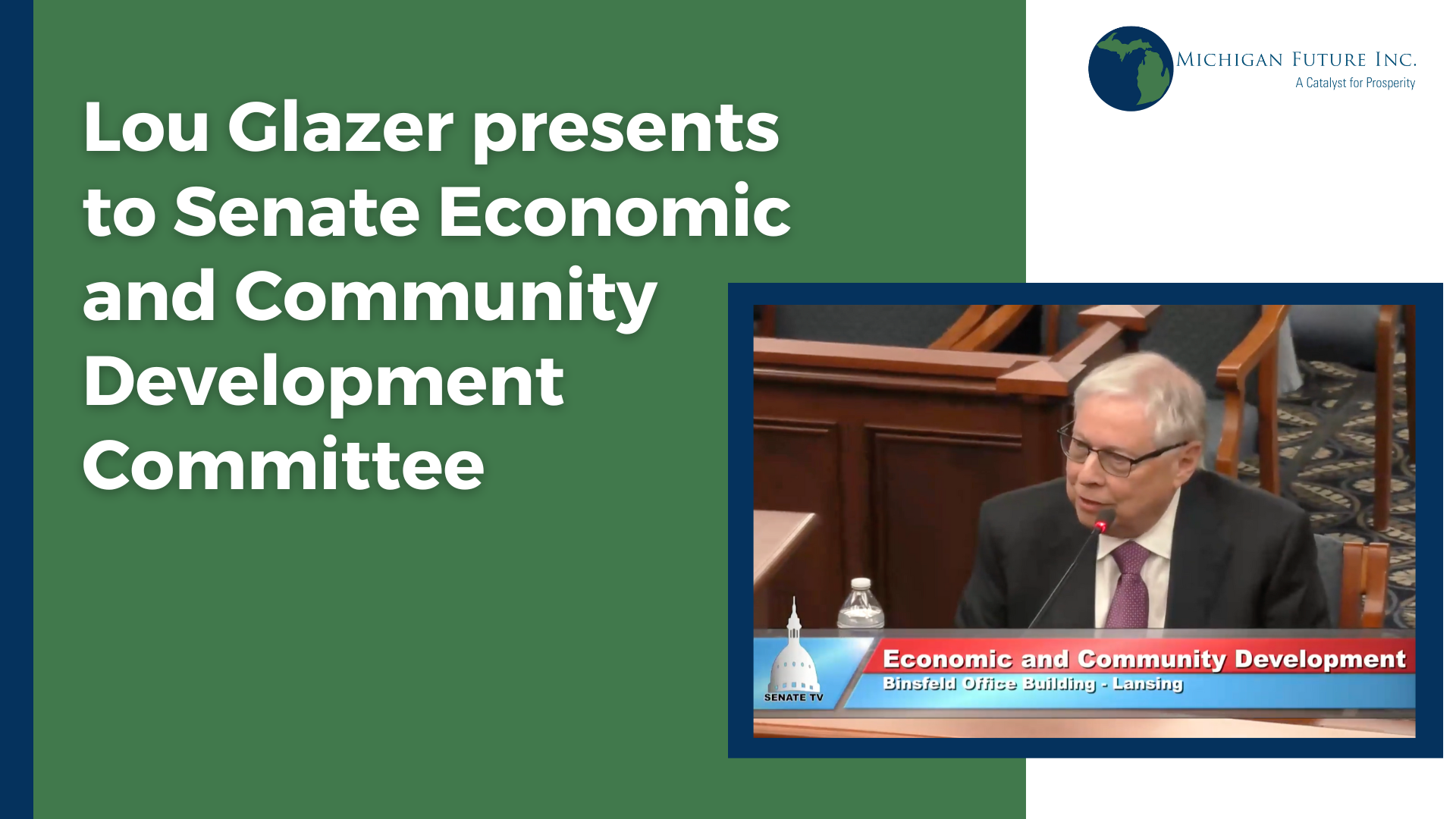Every election year candidates from both parties make growing manufacturing employment a centerpiece of their economic growth strategy. One problem: no matter who wins in DC or Lansing the structural decline in manufacturing employment continues unabated.
Manufacturing employment declines sharply in economic contractions and usually rebounds somewhat in economic recoveries. So there are, from time to time, cyclical gains. But structurally manufacturing at the state and national level has been declining for decades and almost certainly will continue to do so. Irrespective of which party wins elections.
Manufacturing’s share of national employment peaked at nearly 38 percent during World War II. Its post-war peak came in 1953 at 32 percent. Manufacturing’s employment share dipped below 30 percent in 1957; dipped below 20 percent in 1982; and dipped below ten percent in 2008. In 2015 it hit a new low at just under nine percent. You read that right: fewer than one in ten Americans work in a factory.
So much for candidates promising a revival of American manufacturing jobs!
In an article entitled The Mirage of a Return to Manufacturing Greatness, Eduardo Porter explores the reality that manufacturing employment decline is happening across the globe. Worth checking out.
Porter writes: “In America’s factories, jobs are inevitably disappearing, too. But despite the political rhetoric, the problem is not mainly globalization. Manufacturing jobs are on the decline in factories around the world.” He continues: “No matter how high the tariffs Mr. Trump wants to raise to encircle the American economy, he will not be able to produce a manufacturing renaissance at home. Neither would changing tax rules to limit corporate flight from the United States, as Mrs. Clinton proposes.”
So if restoring a factory-based economy is not the answer to more and better American jobs, what is? Porter’s answer:
Note to Mrs. Clinton, Mr. Sanders and Mr. Trump: A grab at the world’s manufacturing jobs is the wrong answer. Walls will damage prosperity, not enhance it. Promises to recapture industrial-era greatness ring hollow.
The United States, though, does have options: health care, education and clean energy, just to name a few. They present big economic and political challenges, of course — not least the enormous inefficiency of private American medicine and Republicans’ blanket opposition to more public spending.
Yet just as the federal government once provided a critical push to move the economy from its agricultural past into its industrial future, so, too, could it help build a postindustrial tomorrow.
Exactly!






